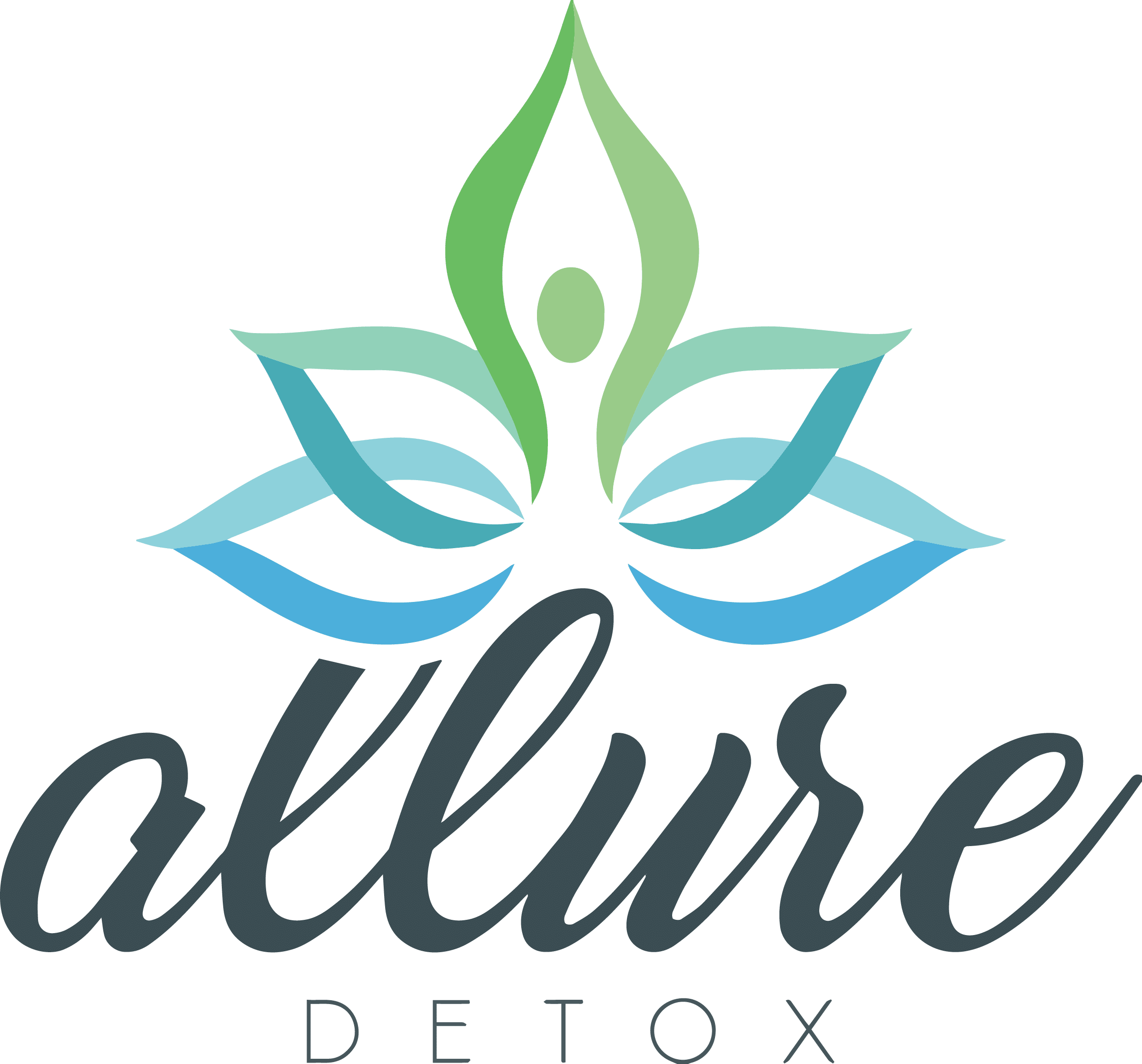Anxiety has a way of creeping into every aspect of our lives. You could be shopping or finishing a simple home task, and feel your brain whirring with endless thoughts or your body aching from the stress.
Anxiety isn’t just a mental experience; it shows up in the body, tightening muscles and shortening breath, making even the smallest of tasks feel overwhelming.
Thankfully, there’s a way for you to relieve some of that stress without forcing yourself to “just relax”—because, in all honesty, that rarely works.
Using somatic exercises for anxiety can help you use your whole body to shift the mind. There aren’t any complicated routines or special equipment, just you and your body.
Let’s start by explaining what somatic exercises are before going into detail.
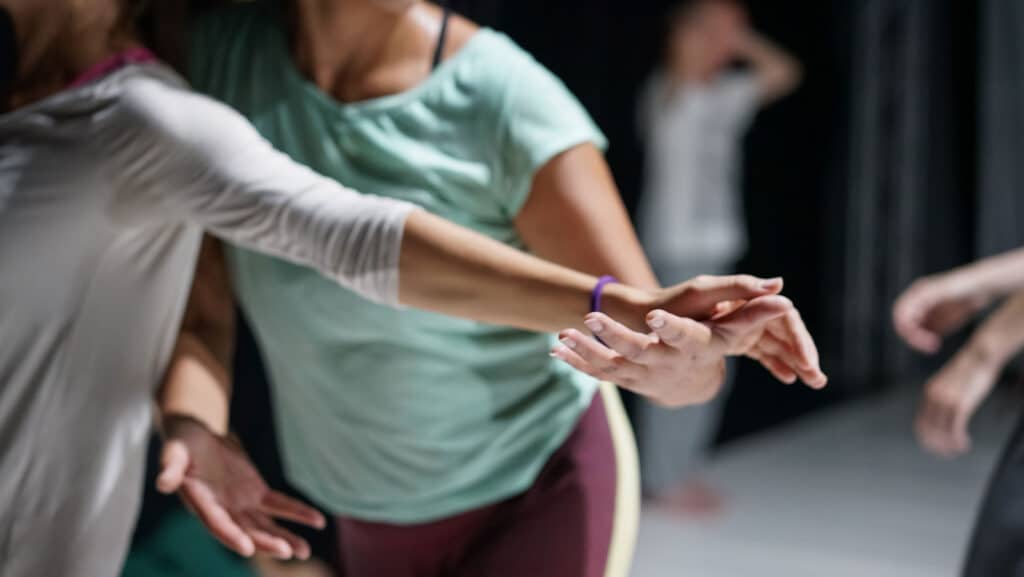
Table of Contents
- 1 Somatic Exercises: A Quick Definition
- 2 8 Somatic Exercises to Release Anxiety
- 3 Quick Recap
Somatic Exercises: A Quick Definition
Somatic exercises are body-based techniques designed to help you release tension, regulate your nervous system, and bring awareness to physical sensations.
Instead of trying to calm your anxiety with thoughts alone, these exercises use movement, breath, and touch to shift the body out of stress mode.
Over time, they help break the cycle of tension and stress, making it easier for you to understand your anxiety and manage it.
8 Somatic Exercises to Release Anxiety
The following exercises are sorted from the simplest to the most advanced, so you can choose based on what feels right for you at the moment.
Always remember that there’s no perfect way to do this. The goal isn’t to “get it right” but to notice and feel what’s helping and making you more relaxed.
1. Diaphragmatic Breathing (Belly Breathing)
Anxiety has a way of stealing our breath by tightening the chest, shortening inhales, and making the body feel like it’s bracing for something that never quite arrives.
Diaphragmatic breathing, or belly breathing, is one of the simplest ways to tell the nervous system you’re safe and can relax.
How to do it:
- Find a comfortable position. You can sit or lie down—whatever helps you feel at ease.
- Place one hand on your chest and the other on your belly to track the movement of your breath.
- Inhale deeply through your nose. Focus on expanding your belly, not your chest. The hand on your bells should rise, while the hand on your chest stays still.
- Exhale slowly through your mouth. Feel your belly deflate as the air leaves your body.
- Repeat for a few minutes. Let each breath be unforced, natural, and steady.
At first, you might notice some resistance—like you can’t really breathe and need more air. That’s normal. With practice, you’ll feel completely at ease.

2. 5-4-3-2-1 Grounding
When anxiety takes over, it’s easy to get stuck in a loop. You’ll often find yourself spiraling from one topic to another, feeling like you’re losing control.
The 5-4-3-2-1 grounding technique helps you pull the mind out of this anxious overdrive and into the present moment by engaging your senses. It’s simple and quick, and you can do it anywhere.
How to do it:
- Look around and name five things you see. A book on the table, the pattern of your shit, a shadow on the wall—anything.
- Find four things you can touch. It can be the smooth surface of the table, the fabric of your clothing, or the weight of your body in the chair.
- Listen for three things you can hear. Search for the hum of the fridge, distant traffic, or even your own breath.
- Identify two things you smell—for instance, the smell of fresh air, coffee, laundry detergent, or pastries.
- Notice one thing you taste like the lingering hint of toothpaste, how water tastes like, or a mint.
The whole idea behind this exercise is to shift your focus to what’s real and tangible to slow down your mind.
3. Gentle Movement
As anxiety settles in, it moves into our bodies. It washes into our bones, stiffening muscles, locking up joints, and making movements feel unnatural and awkward.
When this stress lingers, the body holds onto it like a clenched fist. This is where gentle movements come in, helping loosen that grip.
How you can do it:
- Sway gently from side to side. Let your weight shift between your feet, like a tree swaying in the wind. Don’t rush, let your body find its rhythm.
- Roll your shoulders in circles. Forward, then backward. Notice if there’s tension in your neck or upper back and let it soften.
- Walk in place. Pay attention to the sensation of your feet pressing into the floor. Feel the subtle shifts in balance, the way your legs support you.
4. Progressive Muscle Relaxation (PMR)
As mentioned, when anxiety settles into your body, everything tenses up. You’ll feel it in your shoulders as they tighten, in your clenched jaws, or maybe even in a stiff stomach.
In a way, the tension builds up without permission, affecting your well-being and mental health and creating chronic pains.
We need to program our body to control that tension by creating it ourselves through progressive muscle relaxation (PMR). It teaches your body what relaxation feels like by building tension, and then letting it go.
How to do it:
- Start with your feet. Inhale deeply and tighten the muscles in your feet—curl your toes, and flex your arches. Hold your muscles for 10 seconds.
- Exhale and let go. Release the tension completely, feeling your feet soften.
- Move up to your legs. Tense your calves and thighs as you breathe in, hold, then let it go as you breathe out.
- Continue this pattern up through your abdomen, chest, hands, arms, shoulders, and face. Each time, make sure you notice the difference between tension and relaxation.
- Once done, take a moment to breathe. Feel the weight of your body fully supported.
As you progress, you might notice a heavy, warm sensation. Don’t worry; this is a sign you’re working your muscles, letting go of stored stress, and building more body awareness.
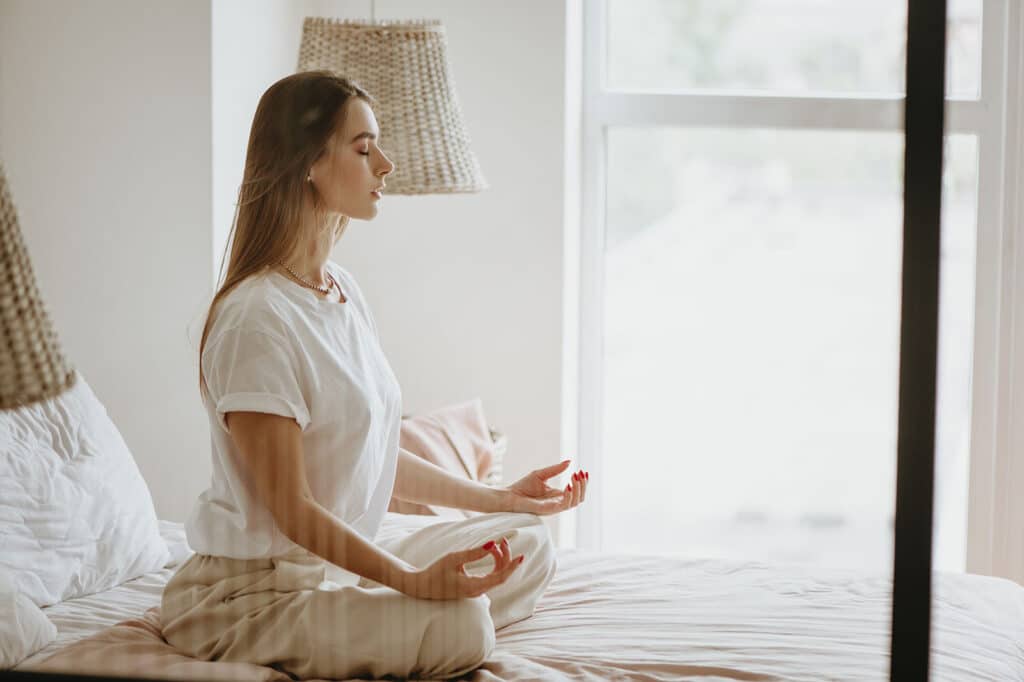
5. Body Scan Meditation
Because anxiety pulls your mind in a hundred different directions at once, we need to bring it back to the present. Body scan meditations can help with that.
This somatic therapy helps turn your focus inward on tension that might’ve gone unnoticed. This simple act of observing the body—without actively trying to change anything—can create a deep sense of calm and mind-body connection.
- Lie down and close your eyes. Let your body relax fully, with your arms at your sides and your legs relaxed.
- Start at your toes. Bring your attention there. Notice if they feel warm, cool, tense, or even tingly. Remember, there’s no right or wrong—simply, observe.
- Slowly move upward. Scan your feet, ankles, and calves, and continue moving through each muscle group of your body.
- If you find tension, don’t force it away. Instead, take a deep breath and imagine that area softening with each exhale.
- Continue until you reach the top of your head. Once finished, take a moment to notice how your body feels as a whole.
6. Mindful Eating
When you’re anxious, eating can feel like just another task—something you rush through, barely notice or even forget altogether.
This is why mindful eating is one of the most important exercises on our list. It turns a simple meal or snack into a grounding experience that can help with anxiety relief.
How to do it:
- Choose a piece of food. A berry, a square of chocolate, or even a slice of bread—anything small enough to focus on.
- Look at it and observe. Notice the color, shape, and texture. How does it feel in your hand?
- Now, smell it. Take a deep inhale and note the scent before taking a bite.
- Eat slowly. Let the food rest on your tongue for a moment.
- Chew deliberately, noticing the texture and taste as it changes.
- Pay attention. Swallow mindfully, noticing how your body responds.
7. Somatic Yoga Poses
Somatic yoga pairs slow, intentional movement with deep breathing, signaling the nervous system to shift into a more relaxed state.
Please note that these poses aren’t about flexibility or athleticism. They’re about bodily sensations and releasing stress where it’s stored. There are three simple somatic yoga poses you can try:
Cat-Cow Pose (Spinal Release)
- Start the pose by kneeling and laying your palms flat on the floor.
- Inhale as you arch your back, lifting your chest and tailbone.
- Exhale as you round your spine, tucking your chin and pulling your belly.
- Repeat slowly, moving with your breath.
Child’s Pose (Grounding & Resting)
- Sit back on your heels, stretching your arms forward and lowering your forehead to the ground.
- Breathe deeply, feeling your back expand with each inhale.
- Let your body melt into the floor.
Corpse Pose (Deep Relaxation)
- Lay on your back with your arms resting at your sides, palms facing upward.
- Close your eyes and let your body fully relax—no effort, no tension.
- Focus on slow breathing, allowing every muscle to release and relax.
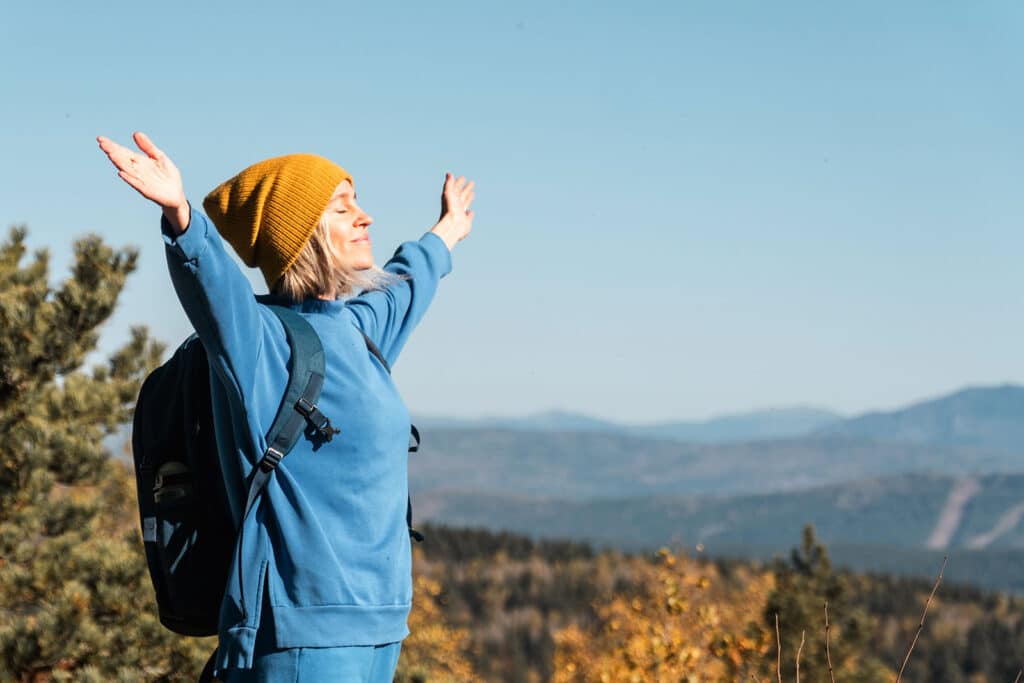
8. Walking Meditation
Unlike traditional seated meditation, this walking meditation uses constant movement practice to anchor you in the present moment.
Each step with this somatic practice and its breathwork becomes a gentle reminder saying: You’re here, you’re steady, you’re safe.
How to do it
- Choose a place where you can walk safely and without distractions.
- Start walking slowly. There’s no destination, just movement. Let each step be deliberate.
- Focus on your feet. Notice the way your heels touch the ground, and how your weight shifts as you step forward.
- Pay attention to sensations like the feeling of air on your skin, the rhythm of your breath, and the subtle sounds around you.
Quick Recap
You see, somatic exercises for anxiety can be simple but really powerful when it comes to soothing racing thoughts and physical tension.
You can start with the easiest ones first, a little breathwork and grounding exercises can help you build a sense of safety and take control of your fight-or-flight response.
When you have time, you can try more advanced somatic techniques like yoga poses or mindful eating to manage your anxiety symptoms.
And, remember, consistency matters more than perfection. The more you practice, the more your body learns to relax and self-soothe.
Published on: 2025-03-31
Updated on: 2025-04-02
